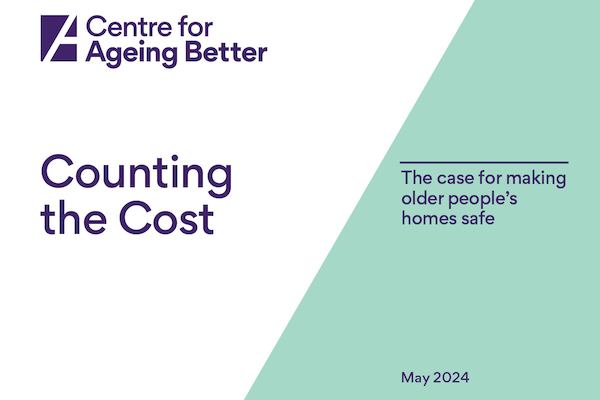Nearly 8 million people in England live in homes that cause immeasurable harm to their physical and mental health.
The cost to society is vast – affecting demand for health and social care services, people’s ability to work, children’s wellbeing and school attendance to name just a few impacts.
Prior to 2010, local authorities were a key source of financial support for homeowners unable to pay for works themselves.
But the withdrawal of over £2 billion in private sector grant funding by national government between 2010/11 and 2020/21 has left homeowners largely on their own.
The assumption that all homeowners can afford to repair, maintain and adapt their homes is simply wrong. 5.2 million homeowners are in poverty. In fact, the percentages of people living in poverty are fairly evenly split across social renters (33%), private sector renters (31%) and home owners (36%).














